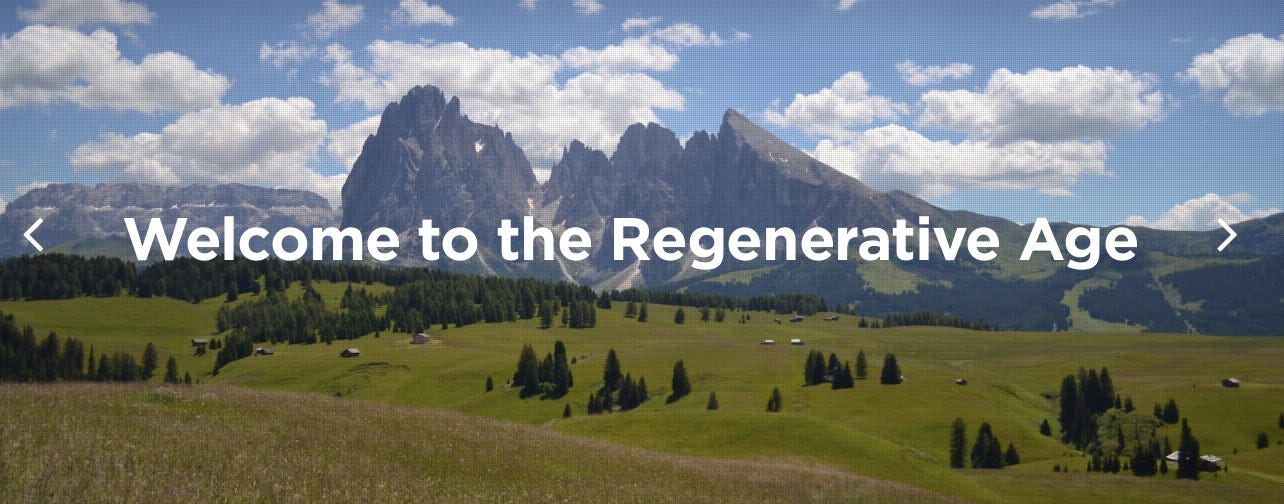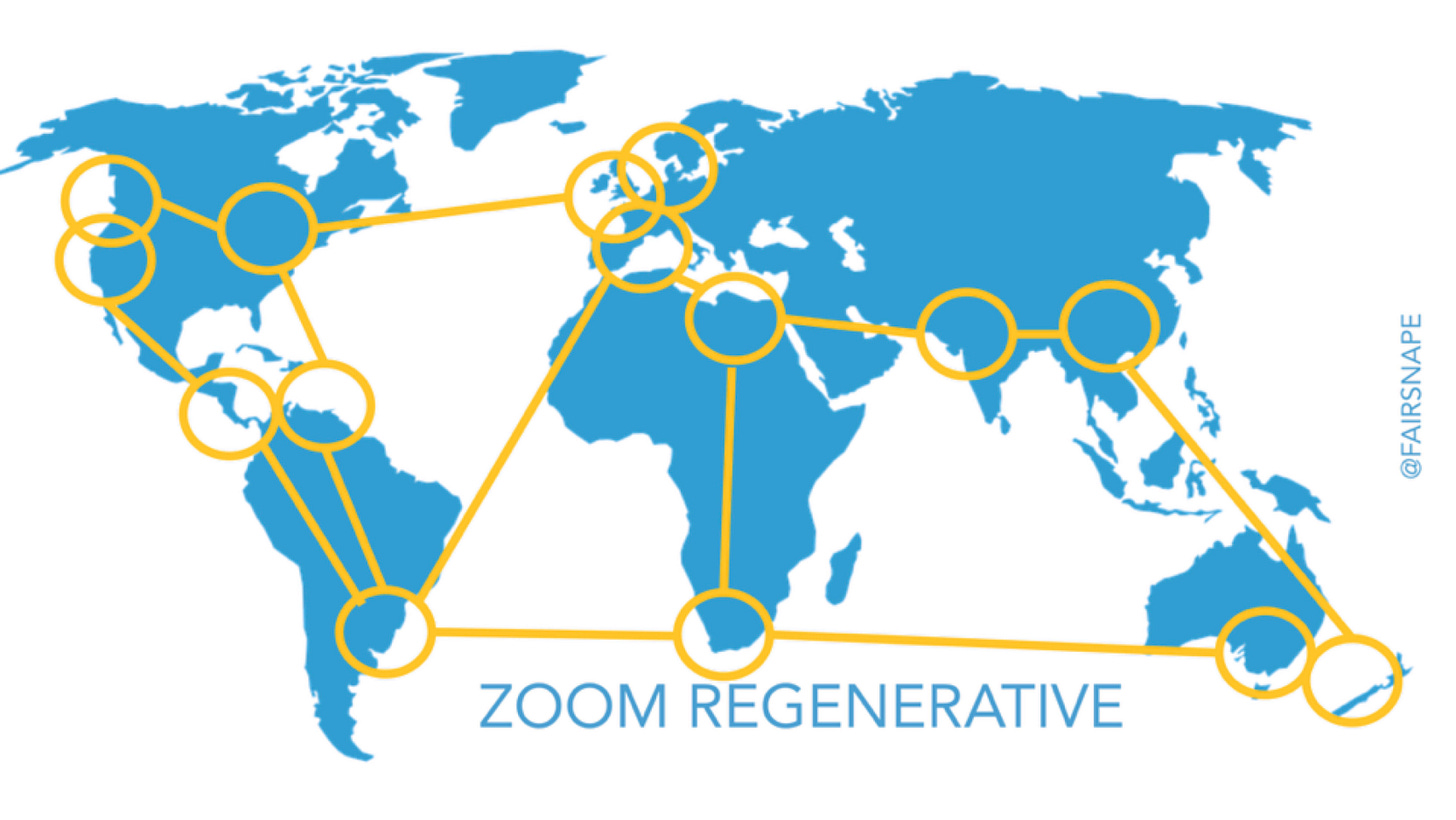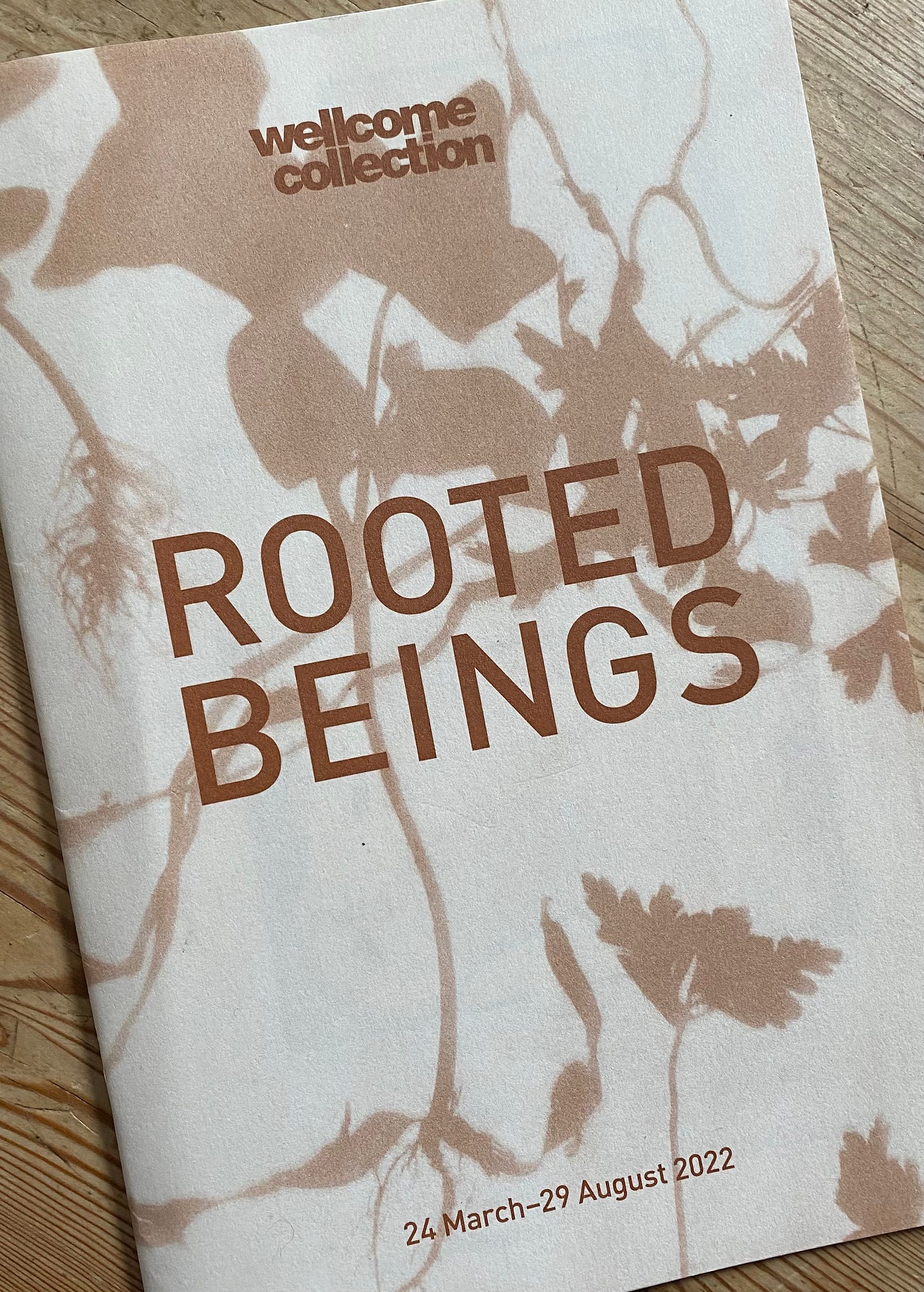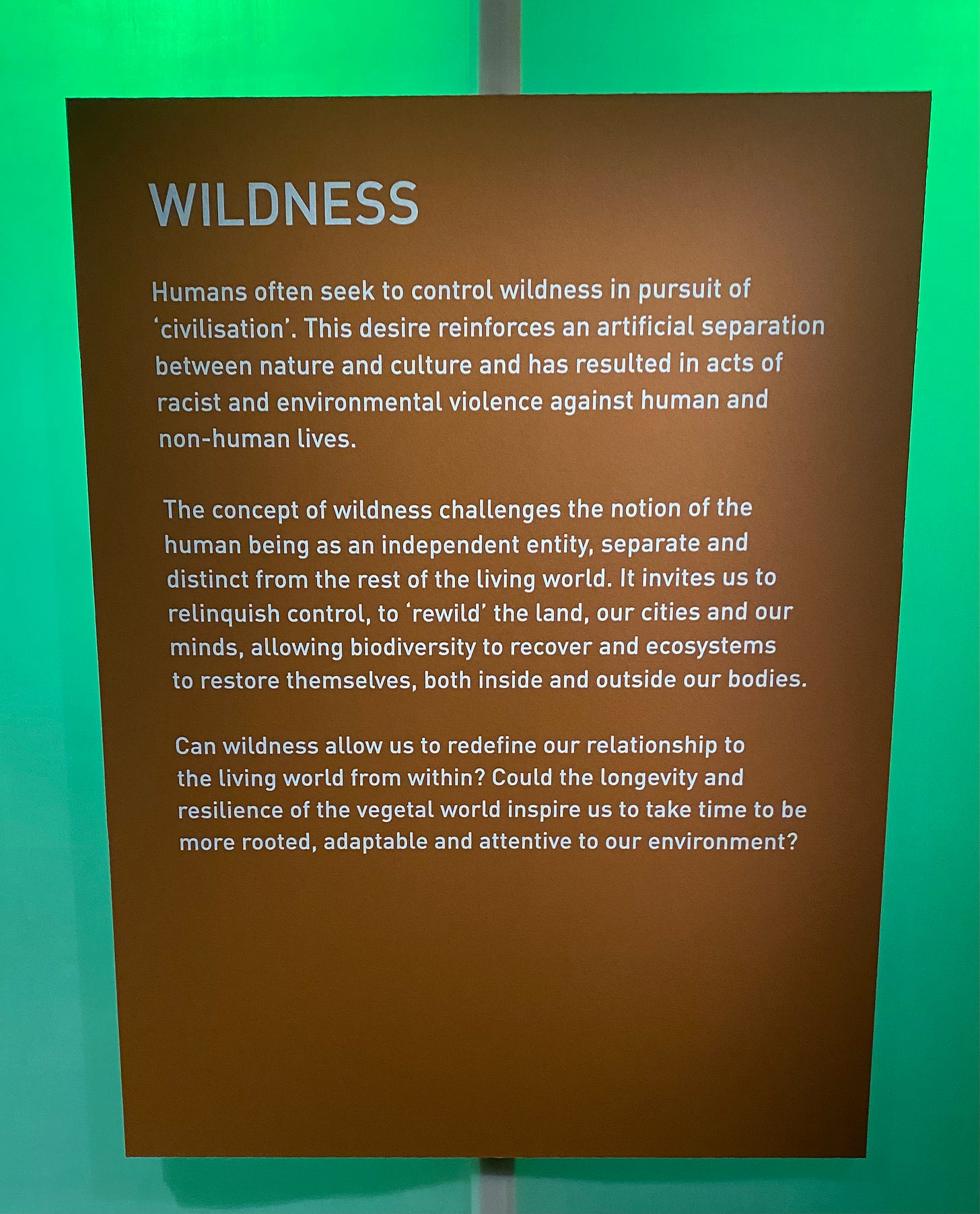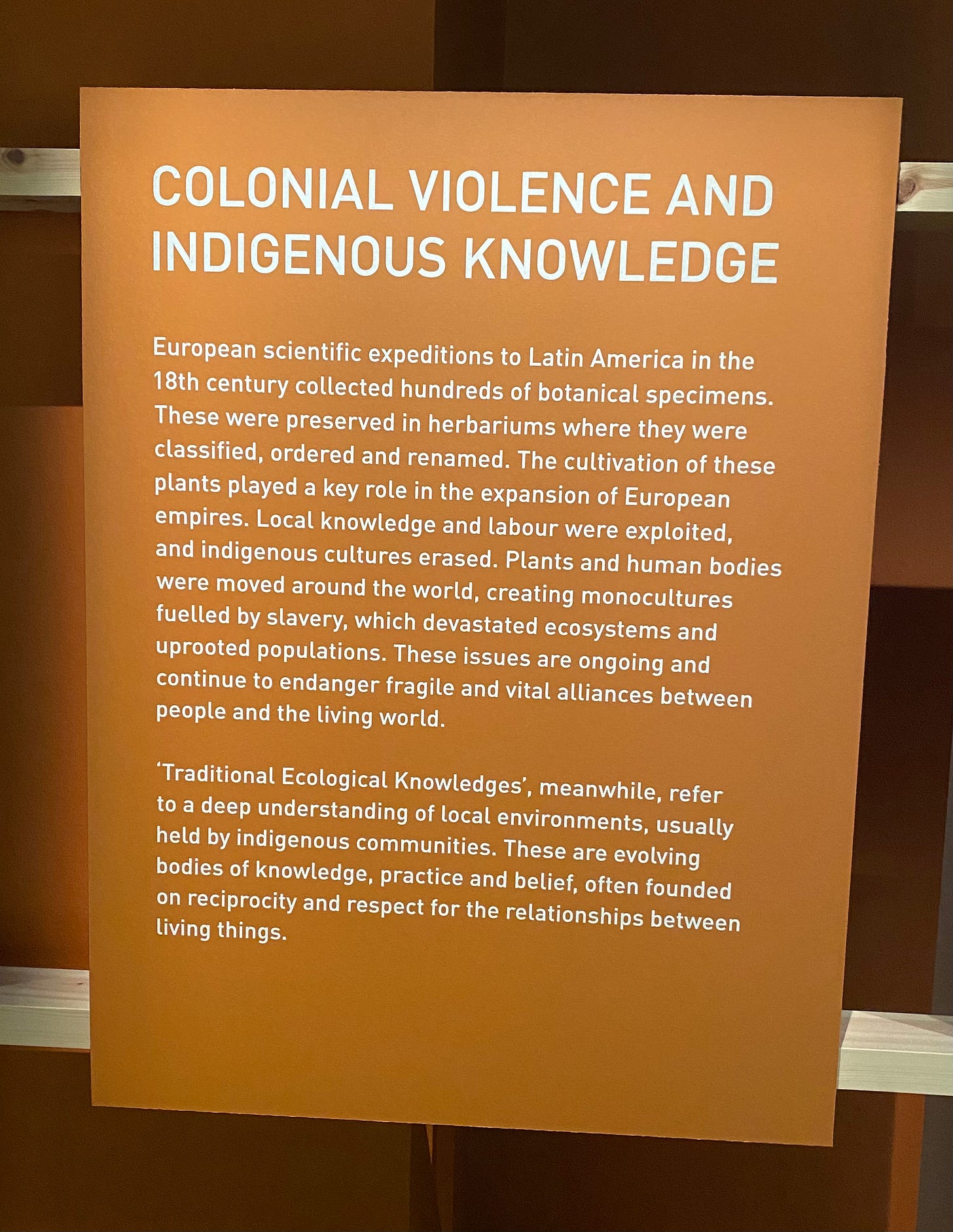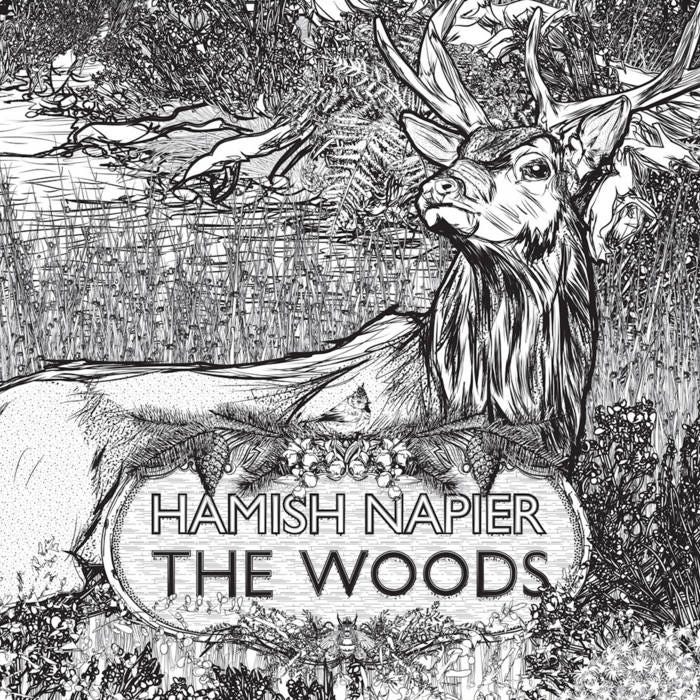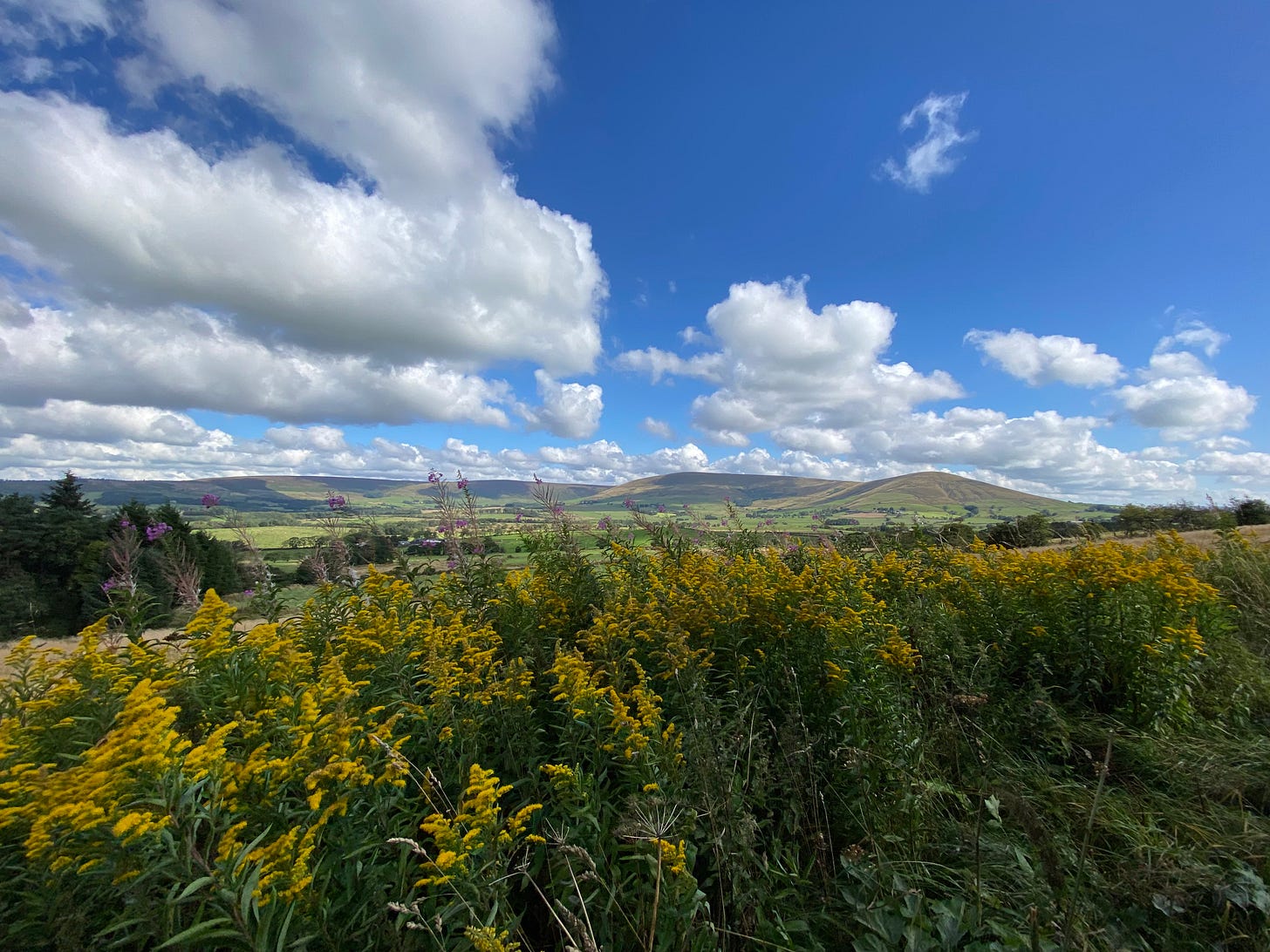
Welcome to Regen Notes
… joining regenerative dots and spaces between. Thank you for subscribing, if you are not a subscriber as yet, then please do consider doing so to receive new posts and support Regen/Notes.
Design enabling life to flourish
Built Environment design, or any design for that matter, is not just what we do, or what ‘sustainable, design standard or checklist we follow, but what we bring to the design, how we see ourselves in the world and how we see how our designs interacting, with reciprocity, in the living systems we depend upon.
Our Living Future Europe Regenerative + Agile Master Class kicks off in a few weeks (and yes, there are still places available with options to take individual modules) The initial sessions on regenerative thinking will challenge us all and give new perspectives. as we consider how we interact with the planet, as individuals and organisations, so that we enable life to thrive and flourish.
Zoom Regenerative
Zoom Regenerative is back, re-zooming after a northern summer break. And what a climate-impacted summer it has been with floods, extreme temperatures and droughts. The 48th episode of ZR is on the 13th Sept at 8 pm and has a Living Future Future focus, with Carlo Battisti outlining our new vision and introducing key LFE partner, My Green Lab with James Connelly. Details and Registration here
And then further dates for your Zoom Regen diary are 11 October, 22 November and 13 December.
Rooted Beings
In the middle of that heat wave here in the UK, I took refuge from the heat whilst walking across London in the cool of the Wellcome Foundation on Euston (a free museum and library exploring health and human experience) and found myself absorbed in the Rooted Beings exhibition
“Rooted Beings honours the significance and agency of those ancient and complex and sensitive beings, moving beyond our perception of them as passive resources, reimagining our relationship with plants and what we might learn from them”
We may be in the Anthropocene, but philosophers are calling for our age to be known as the Symbiocene, a period of integration and reciprocity between humans and the rest of nature “ to enhance mutual interdependence and mutual benefit for all living beings (which is desirable) with all species (which is essential) and the health of all ecosystems (which is mandatory) Glen Albrecht 2016
A New Biophilia?
And as we increasingly bring biophilia and biophilic designs into our buildings and interiors, we could well do with increased awareness of the culture and colonial exploitation through plants. There are questions we need to ask around plants we use to improve our health within buildings. Many of which were separated from the cultural and ecological ecosystems they belonged to. If we are to be true to the ILFI vision, of living buildings that are culturally rich, we need cultural awareness as a wrap-around for our biophilic interventions.
Is biophilic design without cultural awareness only furthering colonial exploration?
The WILDNESS exhibition ‘collapses the artificial wall between nature and culture, challenging the hermetic conception of the human being as an independent identity’ inviting us to relinquish control and rewild our lands and our minds, to allow biodiversity to recover and ecosystems to restore themselves.
Traditional Ecological Knowledge - that deep understanding of local environments, usually held by indigenous communities. These are evolving bodies of knowledge practice and belief, often founded on reciprocity and respect for the relationships between living things.
As we seek new biophilia, one that embraces our Covid lockdown (re)discovery of nature, our own rooted-in-place deeper appreciations we found on our doorsteps and in our communities, perhaps we do need to reset biophilic design. Many if not all of the go-to biophilic design tools and guides were developed pre-Covid, where the emphasis was on discovering the ‘healing’ nature within our buildings. Today our biophilic approaches need to be one of reciprocity to ensure the flourishing health of all ecosystems and cultures.
Our LFE Biophilic Design Camp in Italy will discuss and explore these themes with a cohort of biophilic passionate individuals from around the world.
from The Woods
The Woods, a commissioned piece of music from Hamish Napier has been a staple on my playlist for a couple of years now. Many of the tunes take names and draw inspiration from different trees and the roles they play in the forest. Listening to the Woods as I write this post, I tracked back a couple of years to a lovely article in Music Roads
When you walk into a wood, what do you see? Weathered bark and new green sprouts, tall trunks and saplings, mosses, lichens, green leaves, red ones, brown ones, ones which have turned to gold, flowers, evergreen branches, yellow gorse, purple heather...
What do you hear? Bird song, the rustle of a deer as it moves through the wood, the dart of a squirrel, the voices of the waters, your
footsteps over rock and soil and leaf.
Perhaps you sense a whisper of stories of those who have walked this way before you, as well.



